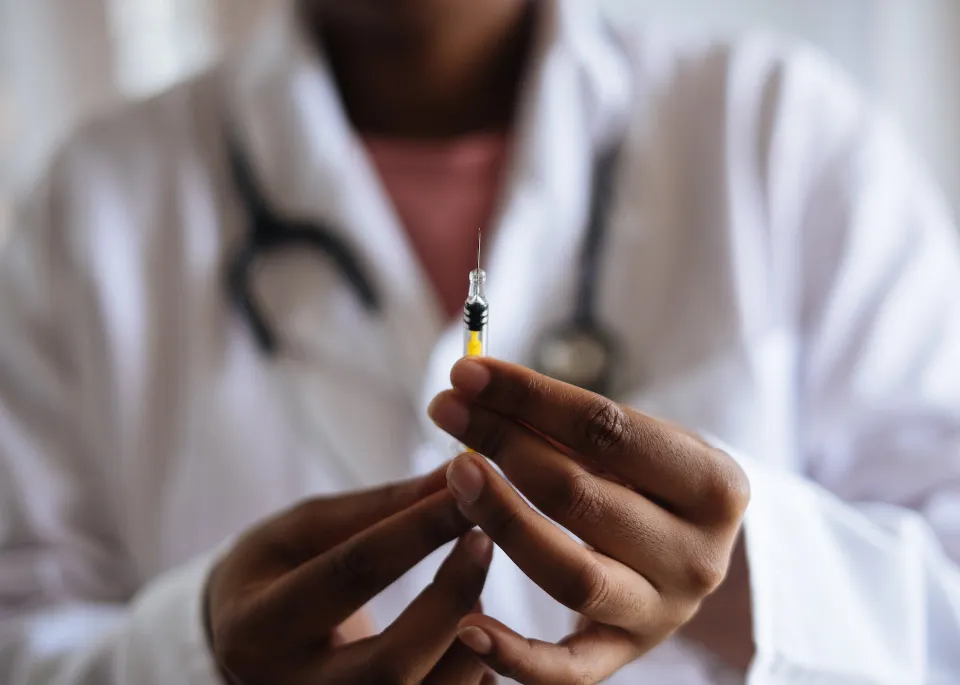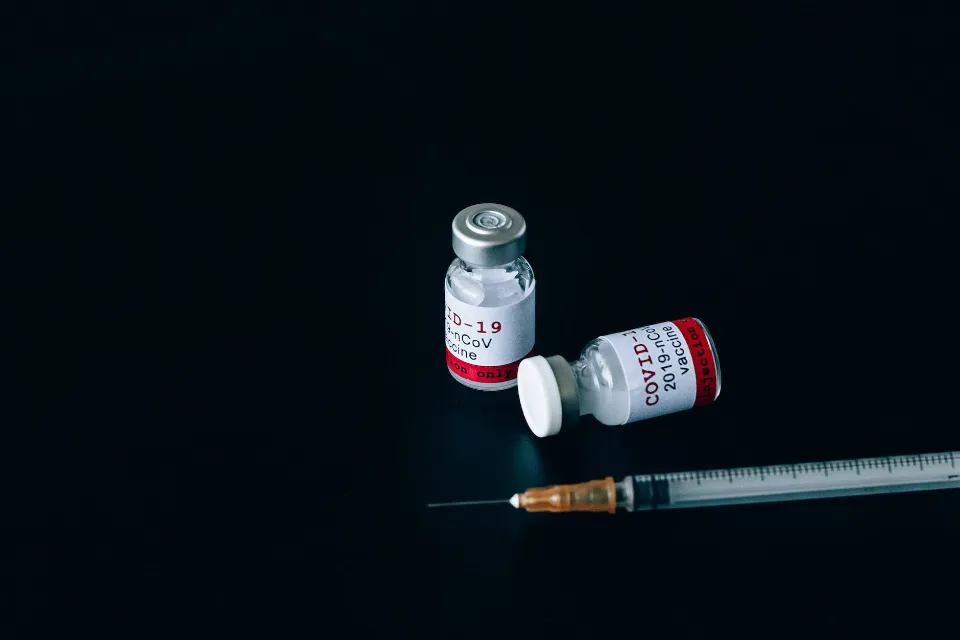For adults over 50, a two-dose series of the shingles vaccine, also known as shingles vaccine, is advised. It defends against postherpetic neuralgia and the herpes zoster virus. Additionally, adults over the age of 19 with weakened immune systems are advised to get this vaccine. the You should be ready for the unpleasant side effects of the Shingrix vaccine.
More information about the potential side effects of the Shingrix vaccine, the timing of the attacks, and how to deal with them can be found below.
What Are Shingles?
The older adult population frequently contracts the shingles virus. It’s a reactivation of the chickenpox virus and is only seen in those who have previously had the illness.
The virus is typically not dangerous, but it can be extremely uncomfortable. It causes a painful rash that can still hurt even after it disappears. Although it can occur elsewhere on the body, the rash typically appears on the torso.
What Are the Symptoms of Shingles?
Shingles have a small number of distinguishable symptoms, and they typically don’t cause much pain. A blistering rash is the most notable symptom. Symptoms include:
- Blisters filled with fluid
- A burning feeling
- Tingling, itching, or numb skin
- Chills
- Fever
- Headache
- Nausea
Blisters near the eyes, hearing loss, facial paralysis, and brain inflammation are some of the more severe symptoms. If you experience any of these symptoms, or if you are in severe pain, contact your doctor right away.

If You Need a Shingrix?
Who Should Get Shingrix?
Shingrix should be administered twice to adults 50 years of age and older, 2 to 6 months apart. Shingrix should also be taken twice by adults aged 19 and older who have or will have weakened immune systems as a result of illness or treatment. The second dose can be administered 1–2 months after the first one, if necessary, to individuals with compromised immune systems.
You should get Shingrix even if in the past you:
- Had shingles
- Received Zostavax*
- Received varicella (chickenpox) vaccine
Shingrix can be purchased at any age. If you had shingles in the past, Shingrix can help prevent future occurrences of the disease. There is no set period of time after shingles that you must wait before receiving Shingrix, but generally speaking, you should wait until the shingles rash has subsided before receiving the vaccination.
Shingrix side effects are transient and typically last 2 to 3 days. After receiving Shingrix, you might feel some discomfort for a few days, but it won’t be as bad as getting shingles and dealing with the complications that come with it.
Who Should Not Get Shingrix?
You should not get Shingrix if you:
- have ever experienced a severe allergic reaction to any vaccine component or after receiving a dose of Shingrix.
- have shingles right now.
- are expecting a child right now. Shingrix should be avoided by expectant women.
You might contract Shingrix if you have a minor illness, like a cold. However, you should typically postpone getting the vaccine until you recover if you have a moderate or severe illness, whether or not you have a fever.
How Soon Do Side Effects Start After Shingrix?
The most common shingles shot side effects include pain and soreness at the injection site. Some people also notice a bit of redness, swelling or itching at the site of the shot. Fatigue, muscle aches, headaches, shivering, fever, stomach aches, or nausea are possible additional side effects of the shingles vaccine. According to the CDC, side effects are more common in younger people than older people.
After receiving a vaccination, the majority of people can resume their normal activities right away. However, one in six individuals experience flu-like symptoms (fever, fatigue, discomfort, and malaise) that last for one to three days.

After receiving the first, second, or both doses of the Shingrix vaccine, side effects may develop. If possible, it is a good idea to schedule vaccination the day before some downtime, so you can rest if you develop side effects.
Ibuprofen (Advil) or acetaminophen (Tylenol) can be used to reduce fever and discomfort if you experience flu-like symptoms following shingles vaccination. Those who develop flu-like symptoms after their first dose of vaccine may want to pre-medicate with ibuprofen or acetaminophen an hour or so before their second dose. Your healthcare provider can answer your questions about shingles vaccine side effects and pre-medication for vaccination.
Serious side effects are rare, but not impossible, after shingles vaccination. If you develop hives, swelling of the face or throat, difficulty breathing, a rapid heartbeat, or sudden dizziness or weakness, call 911 and seek medical care immediately.
For the majority of people, the risks associated with shingles are much greater than those associated with the shingles vaccine. Speak with your doctor if you have any additional queries regarding shingles or the Shingrix vaccine. You can get vaccination-related information from your local health department.
Summary
The side effects of Shingrix are typically not very noticeable and include things like nausea, dizziness, and runny nose., but if they are serious, such as hives, you need to call 911. And they will vanish in two to three days. You must dial 911 if there are any severe side effects, like hives.
FAQs
Can Shingrix Cause Flu Symptoms?
Following either Shingrix dose, people may exhibit flu-like symptoms. These symptoms are usually not severe and typically last between one to three days.
When is the Best Time to Get the Second Shingrix Shot?
Two to six months after receiving the first Shingrix dose is the ideal window of time to administer the second dose. One to two months after receiving the first dose of the vaccine, if you have a weakened immune system, you can contract it.
How Do You Deal With the Side Effects of the Shingrix Vaccine?
Some of the side effects are manageable, but you won’t be able to completely avoid them. To reduce the pain from the shot, you can take over-the-counter pain relievers like Tylenol. After a few days, the side effects ought to go away, but if you’re having particularly bothersome symptoms, consult your doctor.



